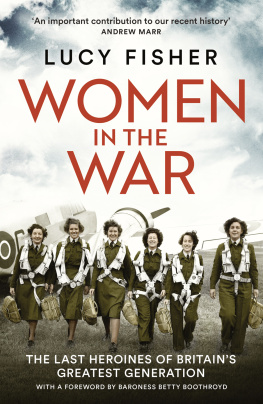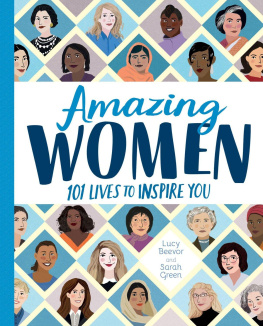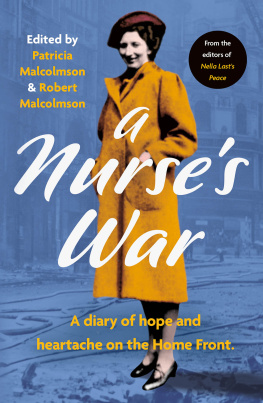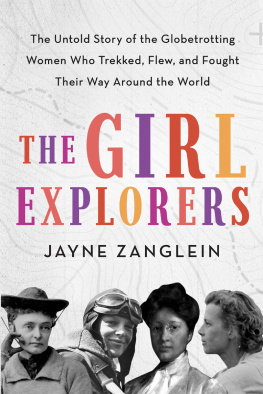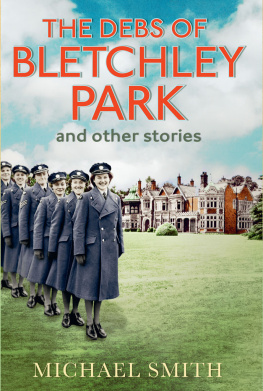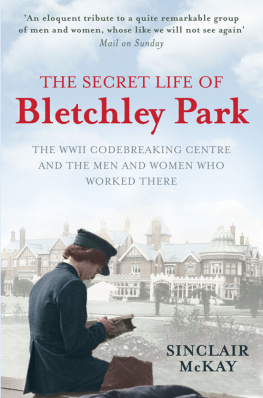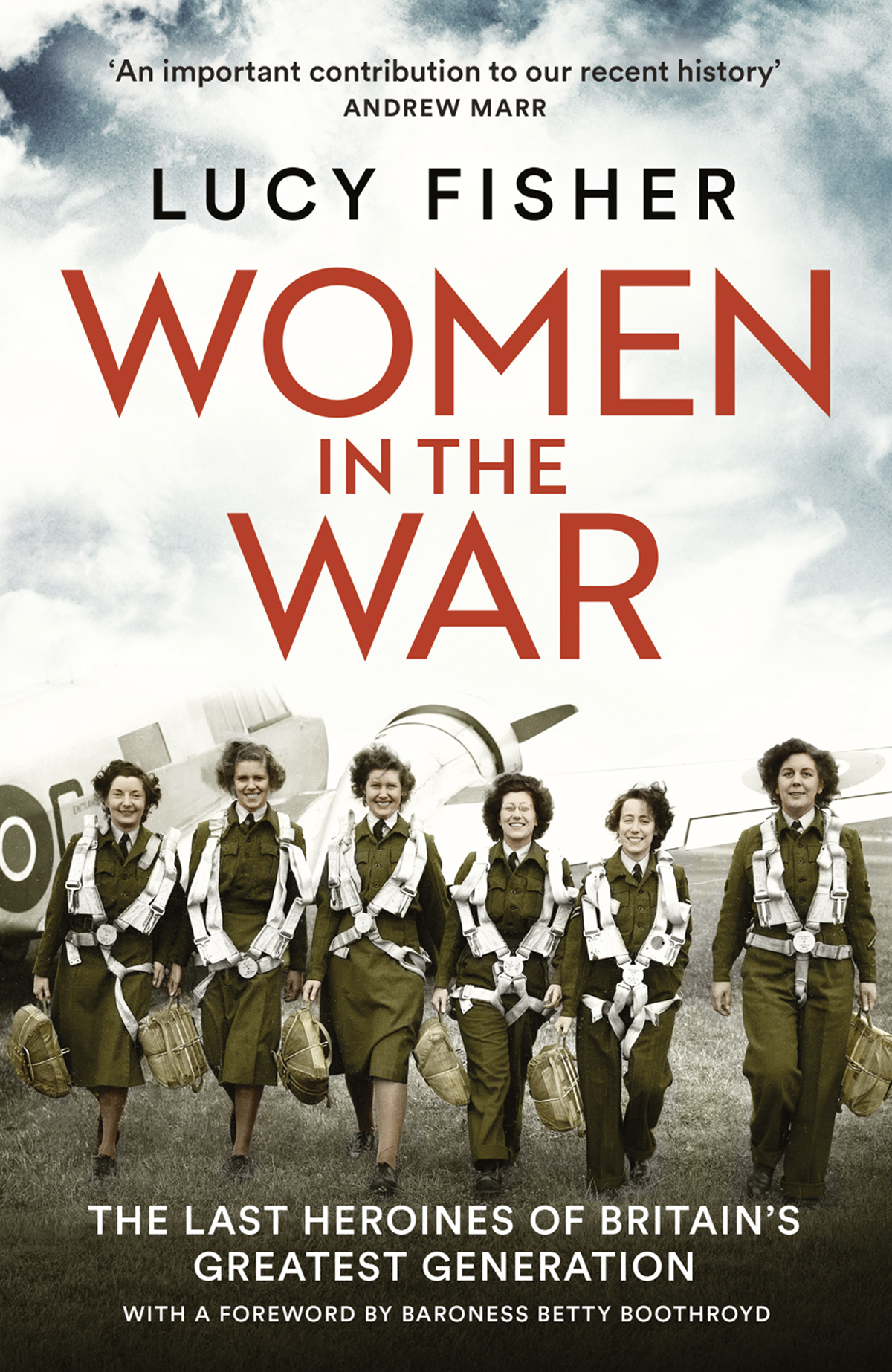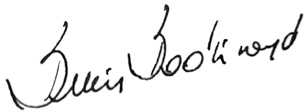CONTENTS
Guide
HarperElement
An imprint of HarperCollinsPublishers
1 London Bridge Street
London SE1 9GF
www.harpercollins.co.uk
HarperCollinsPublishers
1st Floor, Watermarque Building, Ringsend Road
Dublin 4, Ireland
First published by HarperElement 2021
FIRST EDITION
Text Lucy Fisher 2021
Cover design by Caroline Young HarperCollinsPublishers Ltd 2021
Cover photographs: Dave Bagnall Collection / Alamy Stock Photo
A catalogue record of this book is available from the British Library
Lucy Fisher asserts the moral right to be identified as the author of this work
All rights reserved under International and Pan-American Copyright Conventions. By payment of the required fees, you have been granted the nonexclusive, non-transferable right to access and read the text of this e-book on screen. No part of this text may be reproduced, transmitted, downloaded, decompiled, reverse engineered, or stored in or introduced into any information storage retrieval system, in any form or by any means, whether electronic or mechanical, now known or hereinafter invented, without the express written permission of HarperCollins e-books.
Find out about HarperCollins and the environment at www.harpercollins.co.uk/green
Source ISBN: 9780008456146
Ebook Edition March 2022 ISBN: 9780008456122
Version 2022-03-03
This ebook contains the following accessibility features which, if supported by your device, can be accessed via your ereader/accessibility settings:
- Change of font size and line height
- Change of background and font colours
- Change of font
- Change justification
- Text to speech
- Page numbers taken from the following print edition: ISBN 9780008456115
CONTENTS
Nurse in the Voluntary Aid Detachment
Coder attached to the Special Operations Executive
Land Girl in the Womens Land Army
Pilot in the Air Transport Auxiliary
Secretary in the Cabinet War Rooms
Radar operator in the Auxiliary Territorial Service
Wireless operator in the Womens Auxiliary Air Force
Paraphraser in the Intelligence Corps at Bletchley Park
Munitions factory worker
Plotter in the Womens Royal Naval Service
The women of the Second World War have a special place in my heart. I grew up among them in the 1940s. My mother and our neighbours worked in the factories, or on the farms, or were called up for other wartime occupations. Being too young to be drafted, I joined a group of young entertainers who sang and danced every Sunday evening for servicemen and women in their camps around Yorkshire, my home county.
My Yorkshire roots served me well when I came to London. Just as the women of the Second World War prevailed, so did I. When the women who had served at the York barracks asked me to help raise money for a monument to the women of the Second World War no easy task as it cost in the region of 2 million I did my best and became their patron when I was Speaker of the House of Commons.
Various sites were suggested for the monument. We went into battle, insisting its home should be the centre of Whitehall, the great traditional parade route in our capital city. After many years of work, our reward was the joyous unveiling by the Queen and my dedication of the bronze masterpiece sculpted by John W. Mills in July 2005. It depicts 17 of the uniforms and work clothes worn by the women whose memory we cherished that day and now.
I ended my dedication saying I hoped that future generations who passed this way would ask themselves, What sort of women were they? This timely book offers answers, depicting the wartime stories of ten of the last surviving women of that era in their own words. Taken together, these oral histories illustrate the scale of the efforts and sacrifices made by women during the conflict.
At the end of the war, millions of women unceremoniously hung up their uniforms and work clothes and quietly readjusted to life in peacetime. Some returned to hearth and home to care for their loved ones and some sought fresh opportunities for employment. They showed humility about their contribution to the war in the decades afterwards, but that should not obscure its importance.
When you read the pages that follow, or pass by the monument in Westminster, I hope you will pause for a couple of minutes and pay tribute to what your mothers and grandmothers did to save their families, our democracy and our country.
The Rt Hon. Baroness Boothroyd OM
House of Lords
If you have lived in a war and youve seen people dying and youve lived through bombing, you cant stay that little girl you were, reflects 96-year-old Marjorie Clark, who was recruited as a teenager to serve with the Special Operations Executive during the Second World War. Of course it affected me. I always think of London and St Pauls, all the bombing. We had chaps in London ready to fight with us. We met a whole lot of individual people. It was interesting in a strange way.
Centenarian Christian Lamb, who served as a plotter in the Battle of the Atlantic, agrees that amid the horror and tragedy of the conflict, there were positive outcomes for her sex. Women were spared a great deal of boredom, she explains. There was a certain amount of freedom one had. It gave you choice and opportunities for doing what you wanted to do. Catherine Drummond, now aged 99, who volunteered as a wireless operator, says her wartime experiences widened her horizons and stiffened her resolve. I know it changed me, she says. It gave me more confidence in myself and it made me very independent. You were away from home and had to fend for yourself.
The final years are now in sight for the remaining women of Britains Greatest Generation, who displayed extraordinary fortitude and endurance on the home front and beyond in the Second World War. The women who came of age during the conflict are in their mid-nineties at the youngest, lending an urgency to the task of capturing their recollections and reflections for posterity. Ten former female recruits have related their compelling wartime experiences of triumphs and losses for this oral history.
Speaking from their homes, ranging from personal housing to assisted living accommodation, they reflect from the vantage point of later life on how they coped with danger, trauma and pressure, and tell how their spirits were fortified by friendship and romance. The aim herein has been to use first-person testimony, gathered through extensive interviews, to foreground the distinctive voice of each woman. Their words have been interwoven with other contemporary sources, including letters, diaries and newspaper reports.
Having inhabited a variety of vital wartime roles, collectively these women also represent the widest social and geographical cross-section of society. Some came from backgrounds of grinding poverty, while others enjoyed gilded childhoods before joining the war effort. They grew up in locations all across Britain and beyond the Atlantic in pre-independence Jamaica, at the time a British colony.
Their work during the conflict took place in a range of diverse environments too. Joy Hunter, who is 95, served as a secretary in Winston Churchills subterranean Cabinet War Rooms beneath Whitehall. For 102-year-old Jaye Edwards, an airfield in Yorkshire was the base from which she worked as a pilot delivering Spitfires to the front line. Together, these womens stories paint a rich picture that illustrates how the status and expectations of their sex evolved throughout the conflict.

